What are the most important features of a standard office chair?
Knowing how to choose a standard office chair for your desk is very important, especially if you want your office to look great and your employees to be comfortable while working. But what features should a standard office chair have for you?
- What should we look for in an office chair?
- Ergonomics
- Designing
- Convenience and settings
- Stability
- Shape and cushion
- Coating material
- Color of office chairs
What should we look for in an office chair?
Office chairs are part of the decoration of any office and many people just rely on the beautiful appearance without worrying about the health effects of a bad chair on the person using it.
The quality and ergonomics of the chair should be considered above all else. But there are many other variables to consider such as design, style, color, material and performance.
With so many options on the market, it can be difficult to know where to start. Here are some questions that you should ask yourself before buying an office chair:
• Is its height adjustable?
• Does it have good back support?
• Is the lining material breathable or not?
• Is the backrest high enough for comfort?
• Are the armrests adjustable?
• Is the chair rotating or fixed?
• Is the seat wide and deep enough?
We will now answer these and other questions by stating the most important features that you should consider before purchasing your standard office chair.
Important features of the office chair:
1- Ergonomics:
Ergonomics generally plays a major role in buying a standard office chair and as you know, this item is very beneficial for people's health. Studies show that a standard, ergonomic office chair can go a long way in reducing office-related injuries and even reduce the number of sick leave hours employees claim for head, shoulder, back, and arm pain.
There are regulations and standards regarding ergonomics. Ergonomics is manifested in the concept of the workplace, in the selection of equipment and in the definition of work and production methods, as well as to reduce monotonous and repetitive tasks.
Office furniture manufacturers are also required to apply national and international standards that define "ergonomic design principles". This means that you should not only look at the aesthetic appearance of a chair or office furniture, but as mentioned above, it is very important to see what ergonomic factors it offers.
2- Design:
Office chair design is another thing that should be considered before buying an ergonomic chair. When placing a standard, ergonomic office chair in your workspace, you should consider whether the design is compatible with your existing office furniture.
In most cases, people want stylish, professional and versatile design. This allows you to place your office chair in any room without worrying about inconsistency with other elements. Also, in choosing a standard office chair, you should consider the size of your work room or office; If you have limited space, an office chair with a bulky design is not the best option for you.
3- Convenience and settings:
In general, a standard, ergonomic office chair is always comfortable, but this does not necessarily mean that it will be comfortable for everyone. Keep in mind that everyone has different needs and what makes a chair comfortable and pleasant for one person may not be true for another. It is true that the settings available in many models make them compatible with any type of construction. However, there are office chair models that stand out due to their maximum comfort.
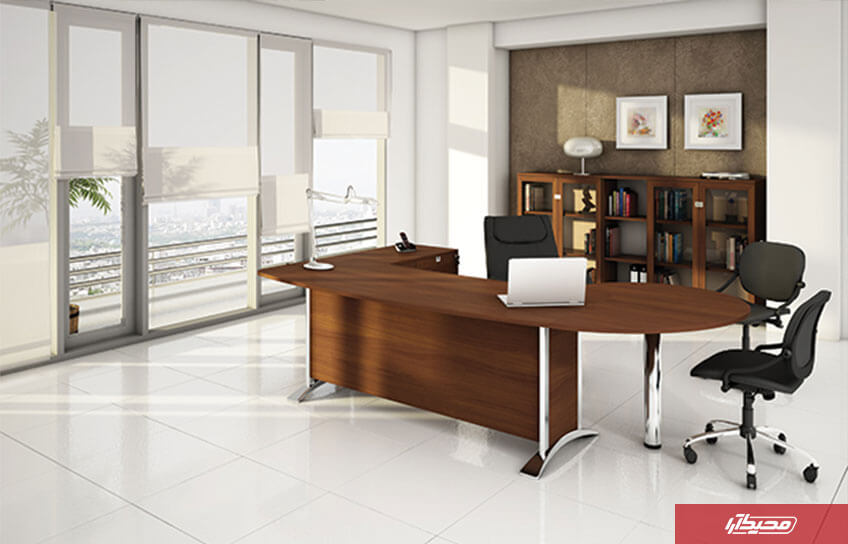
A- Height adjustment:
A standard and good ergonomic office chair should be easy to adjust; To achieve the desired height, the chair must have pneumatic height adjustment (using this feature, the office chair can be positioned and adjusted at several heights). In terms of seat height, a variation between 40 and 52 cm from the floor is suitable for most people.
B: Adjustment controls accessible while sitting:
Consider whether your office chair can be easily adjusted when seated (look for pneumatic levers or gas lifters for easy height adjustment).
C: Seat depth adjustment:
Some office chairs are equipped with seat depth adjustment. This feature allows you to tilt the seat forward or backward to accommodate different leg lengths. Some chairs keep the seat surface of the chair fixed and have a backrest that moves back and forth.
D: Back support:
Having a back support is essential for any type of office chair, whether it is a work chair or a lounge chair. In fact, the lumbar support of office chairs is essential to prevent pressure on the lower back. Many chairs have lumbar support built into the design of the seat or have an adjustable backrest that can be lowered or raised to suit the user.
To check if the standard and ergonomic office chair is suitable, the user should sit straight and the head, spine and hips are aligned. Then lean completely on the back. In this case, the curvature of the standard and ergonomic office chair should naturally follow and match the curve of the back.
E: standard category:
One of the most important components of an office chair that is often underestimated, but you should know that the handle of the office chair plays the role of a support.
Standard office chair backrests can reduce the amount of pressure on your back. Additionally, a 2017 study found that forearm support provided by properly configured office chairs reduces muscle tension and pain in the neck and shoulders.
Some seats offer more adjustments in all directions, such as 4D adjustable and custom armrests Various constructions such as chairs with fixed handles or removable handles.
In addition to a chair with armrests, you may also need a chair without armrests, depending on the setup and configuration of your office desk.
F: Return:
Some chairs have backrests that tilt back and forth, which is helpful for reclining. Sometimes, in height, the back can be separated from the seat. (If the backrest reclines more than 30 degrees, make sure the chair also has a headrest for additional spine support.)
The backrest should have a locking mechanism so that it can be fixed after determining the right angle for the back. The adjustable backrest allows for dynamic seating that avoids the dangers of sitting still for long periods of time.
You will definitely notice that office chair models are equipped with different backs; Short waist, medium waist and high back. The height of the back of the office chair determines the support that your back receives when using the office chair.
• Short back office chair:
These chairs are often known as computer chairs or task chairs and usually have a short back that only extends to the middle of the back. This support system tilts forward and backward and supports only the lower back. These chairs are inexpensive and suitable for many office environments, but they don't offer much comfort for longer workdays.
• Medium back seat:
These office chairs have a backrest that extends to the middle of the back. Medium-backed office chairs, such as low-back chairs, provide good lumbar support, but also support the middle of the spine. Also, in such chairs, the shoulder blades are often supported, but the neck still moves freely and has no support at all.
• High back seat:
If you have to sit in front of your desk all day, this is probably the best type of chair for you. Chairs with high backs are certainly the most comfortable and support the entire spine and allow the user to position the neck in a comfortable position as well. High back chairs are a more expensive choice due to the higher back, extra padding and materials.

G: head support:
If you need neck support or like to rest all day while sitting, look for a chair with a headrest. In most cases these supports are integrated into the seat and can be fixed or adjustable. An adjustable headrest should allow you to change the height or vertical angle for a comfortable head and neck position while sitting.
H: Other parts and other accessories:
Office chair accessories:
If you don't have a standard office chair with all these options, you can make simple changes with office chair accessories. For example, you can add a back cushion as a lumbar support or add cushions to the supports.
Office chair accessories can increase the ergonomic power of your office chair. They can include cushions, headrests, floor mats, office ottomans, armrests, etc.
4-Stability:
chair leg:
One of the most overlooked parts of buying an office chair is the seat base; The base must be stable and bear the load of the body. Most cheap chairs have 4 spokes or legs but you need a 5 star leg for more stability.
The material from which the base of the standard office chair is made is also an important factor; We can choose from a significant variety of office chair materials. For example, the most common materials used for chair legs are nylon legs, aluminum legs, and steel legs.
Nylon and plastic bases are the most common. Nylon lasts longer than plastic. Aluminum legs are strong but light and offer a more modern look. Steel foundations are among the most durable, but can be more expensive than other materials.
You can choose between a wheelchair or an office chair without wheels. In terms of ergonomics, wheels are recommended for ease of movement in the workplace, although a regular swivel chair can serve this purpose. However, if a chair needs to be moved frequently to other office spaces, wheels may be a necessity.
If you choose a wheelchair, you should consider the type of floor of your workspace. In fact, there are different types of wheels for different types of floors and they are divided into two categories:
A: Wheels for soft floors (carpets, carpets, etc.)
B: Wheel for hard floors (parquet, laminate, tile, stone or PVC floor)
The material of the wheels of standard chairs is plastic (soft polyurethane) and quite cheap. They move well on hard floors, parquet, laminate, tile or stone floors. Plastic wheels can glide easily on expensive tiles, hardwood floors, carpets or rugs. They are suitable for any type of floor without causing scratches and damage and keeping the floor clean.
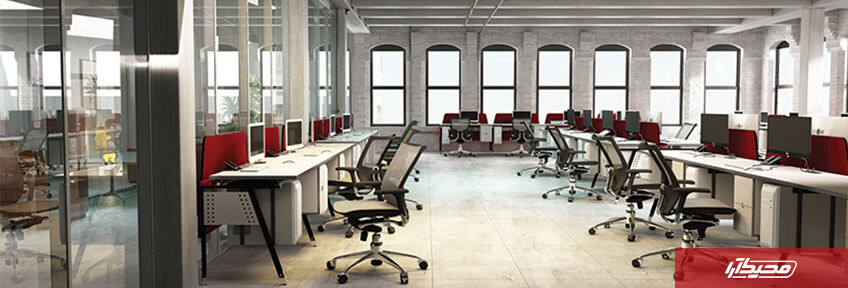
5- Shape and cushion:
The shape and cushioning of the chairs are the first factors that should be considered when choosing an orthopedic or work chair. Important factors that some manufacturers ignore in their efforts to reduce costs.
Figure: Ergonomic chairs can affect posture. In general, many ergonomic experts recommend chairs that have padded edges on all sides and a rounded front edge. This type of cushion helps to protect the blood circulation of the user's legs.
At the time of buying a standard office chair b Look for a pad designed for air circulation and testing its strength, a chair that is too soft can cause fatigue in the back muscles.
Some seats and backrests are covered with high-density molded foam, while others are made from cut polyurethane foam. Each has its strengths, but molded foam is highly resistant to deformation over time, as is this particular viscoelastic foam, which can perfectly conform to the shape of your body.
6- Coating materials:
Most people resort to personal taste when choosing the type of upholstery for their chairs. But you need to consider whether the fabric of your chosen office chair is breathable or not. Or whether it is durable or not, and lastly, is it easy to clean?
Tips on office chair covers:
• Fabric cover is the most breathable type of material.
• Materials such as vinyl, synthetic leather and leather tend to retain body heat and reduce air circulation.
• Fabric is also usually cheaper.
• Vinyl and leather are much easier to clean and do not tear easily.
• Mesh netting is used in some new chairs.
Some chair models do not have a cover because they are made entirely of plastic or natural materials such as wood.
7- Color of office chairs:
White office chairs are elegant and minimal. White conveys purity, but care must be taken not to stain it.
Black office chairs are beautiful and blend perfectly with almost any office decor. Choosing black color is always a right decision.
Blue office chairs add color to any office. If the office decoration is colorful, don't hesitate to put blue chairs.
If you want more originality in your office, red color is the best option for you.
Gray office chairs blend perfectly with any office or home environment due to the neutrality of the gray color.
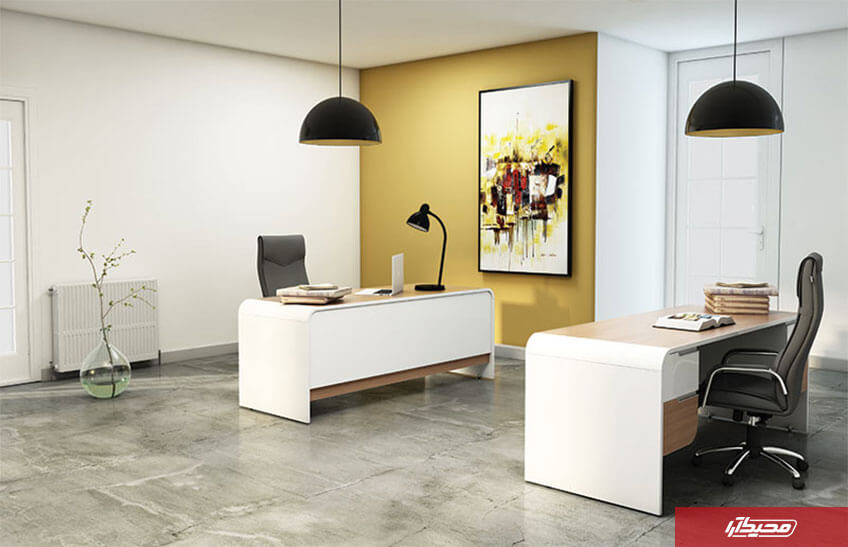
Articles that may be of interest to you:
How to choose a suitable office chair? (comprehensive guide)
What are the 5 popular styles of office furniture?
Which office chair is suitable for people with back pain?
FAQ
The support of office chairs should be adjustable. They should allow the user's arms to rest comfortably and the shoulders to be comfortable. While typing, the elbows and lower arms should rest gently and the forearm should not rest on the support.
It is very important that in a standard office chair the supports do not block the edge of the table; Most office chairs are available with short or retractable arms.
Most cheap chairs have 4 spokes or legs but you need a 5 star leg for more stability.
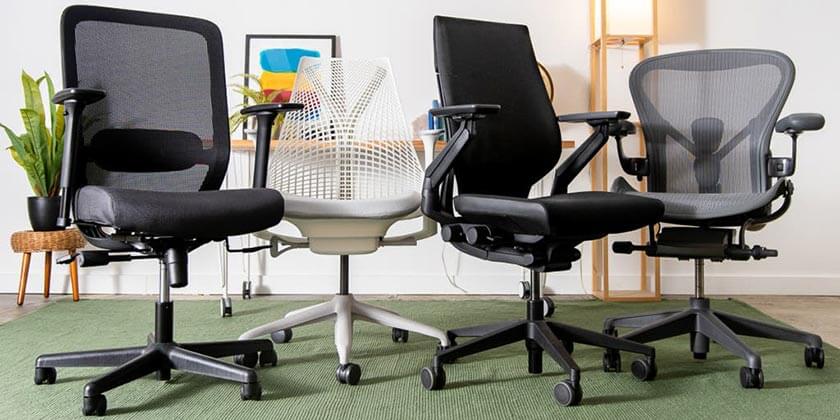
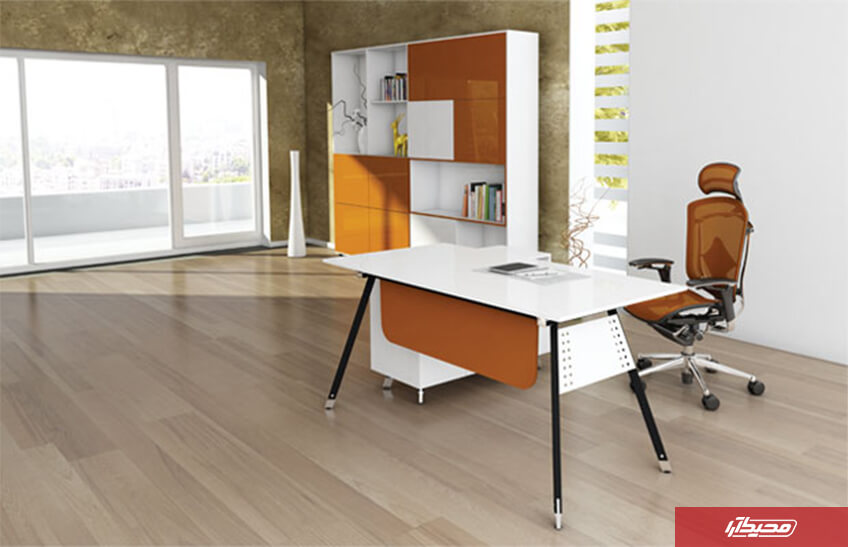
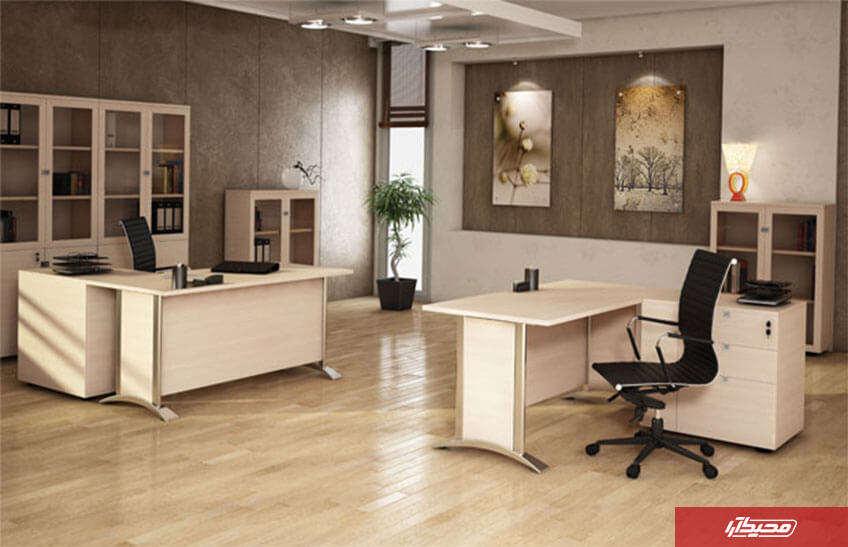
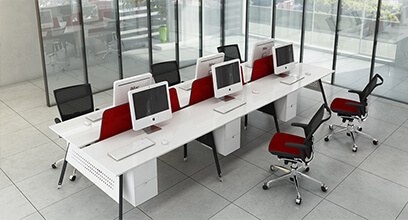


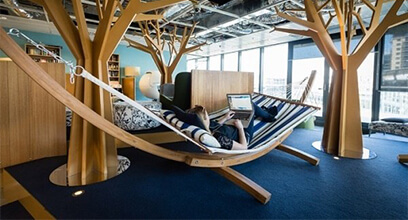
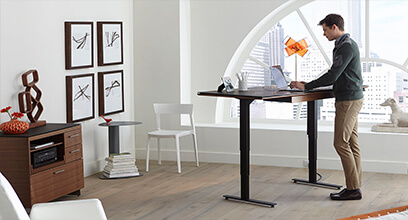
Share